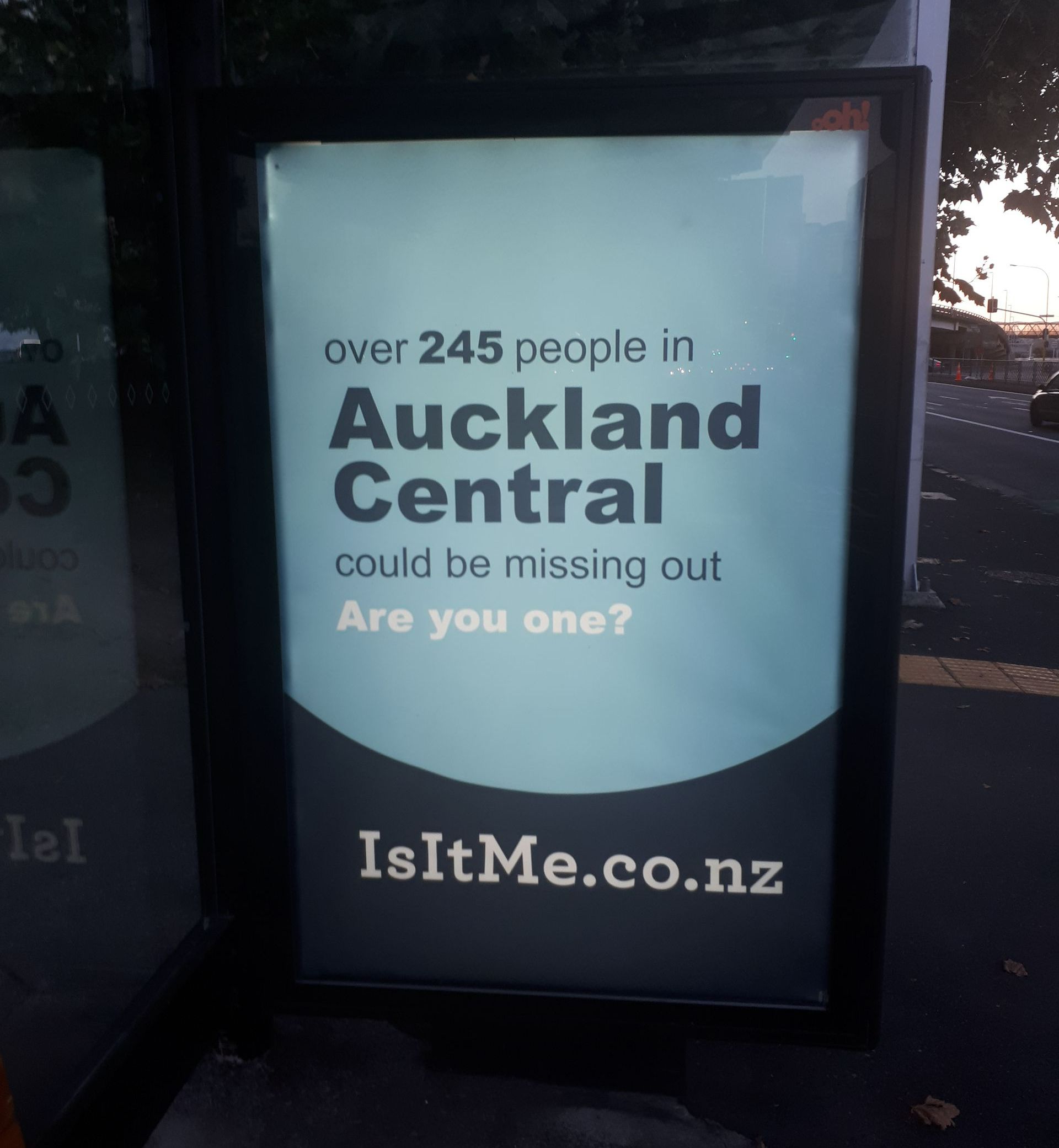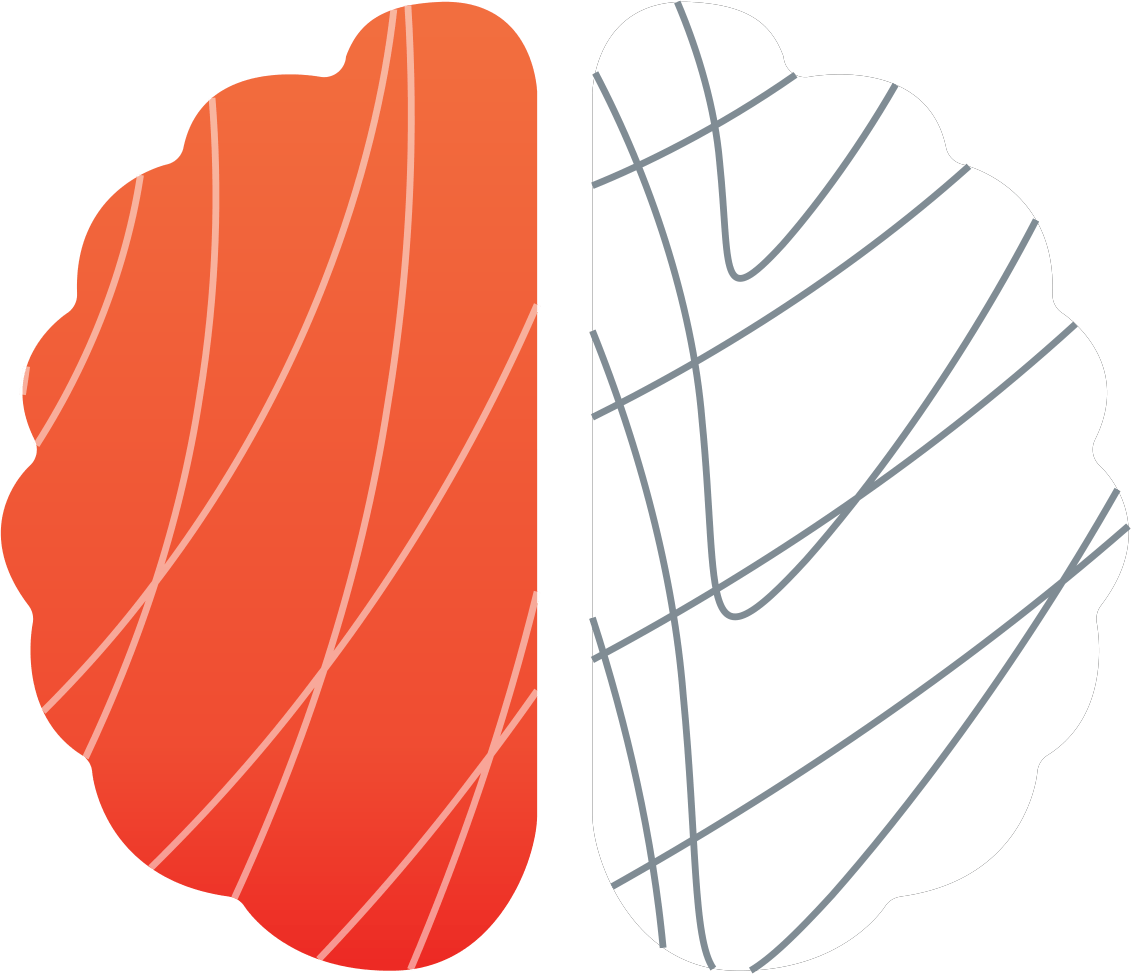Don’t think COVID-19 impacted everyone equally: The K-shaped recovery
While the narrative about NZ’s post-COVID recovery has been largely positive, there are still significant numbers of the population who continue to struggle. What does this mean for your organisation, and what strategies need to be developed to respond both compassionately and pragmatically for long-term value?
Amongst my circle of friends and work colleagues, there has been almost a sense of buoyancy about how well NZ has rebounded from the impact of COVID-19. The economy is doing well, unemployment figures aren’t as bad as we once thought they were going to be, and the housing market is increasing at astronomical rates. After a fantastic Kiwi summer, where we’ve congregated with friends and families at the beach, it’s hard not to feel good about things. This shows as well in consumer confidence (up +2 points according to ANZ Consumer Confidence Survey) and retail spending data (+3.5% according to recent electronic transaction figures released by Stats NZ).
But not everyone has come through 2020 and COVID-19 equally, and recent research from The 2020 Vision Project has highlighted the scale of the issue.
Winners and losers from COVID-19
At the end of 2020, The 2020 Vision Project wanted to get a sense of scale of the lasting impact that COVID-19 left on NZ. Interviews throughout the year had captured the general sense of recovery as we moved from first shock as COVID-19 and lockdown first entered our consciousness, and later recovery as we adapted to the new landscape. In partnership with survey firm Dynata, we conducted a survey with 1000 New Zealanders in December 2020, to see how people felt they’d personally been impacted.
The responses were divided.
First of all, the majority of New Zealanders felt their life hadn’t changed much relative to other NZers. 50% said their life hadn’t changed, 51% said they were still earning the same income.
There was a second group, whose life had gotten better – 28% of people in fact, who believed their situation had improved relative to the rest of New Zealand. Only 16% said they were earning more, and our figures support some of the recent commentary around increased house prices – you don’t need to earn more income, if your house is earning it for you.
But there was also a sizeable minority who felt their situation had gotten worse – 22% of people in fact. Similar numbers said they were earning less than the same time in 2019 (29%), or weren’t feeling secure about their employment (21%). These might be the hospitality or tourism workers who lost income, the solo parents who struggled through lockdown without an income, or even the pilots who are grounded and working in other industries.
Throughout 2020, we heard the tales of some of these people, how they viewed the behaviours of other NZers, and how they responded to some of the actions of well-known NZ businesses. This provided the human voice to what many economic commentators have described as our K-shaped recovery: some are seeing life getting better at the same time as others see it getting worse.
“We've been quite fortunate to keep our jobs and we have a house ... so we were lucky I think … some of our friends did lose jobs or had financial struggles.”
Why does this matter?
In short, this matters because of how humans are hardwired to respond to fairness. We’re willing to accept much worse outcomes, as long as we can explain it as being fair relative to others, and importantly, are willing to give up much better outcomes if it seems out of whack with what others are getting.
So, we know that right now there could be 22% of the population who see their place in the world getting worse, as others are getting better.
This matters. From a moral perspective and from a consumer confidence perspective, with research showing that those who are perceived to have been dealt with unfairly, disposed towards a negativity bias of the world around them. This showed up in our research: those who felt they were doing worse relative to 2019 held more pessimistic views on how their fellow citizens treat each other and whether the economy will bounce back in 2021.
Could this impact the social bonds that hold our society together? Could this add another level of fragility to our economic recovery? These are important questions with both societal and commercial implications.
Unequally impacted: “It’s just not fair”
The impact that this can have shows up in terms of public sentiment, and how people responded to several brands seen to take advantage of the situation during 2020. Those who felt most aggrieved with how their life had changed, were also those that held the most negative sentiments towards key brands who were seen to have taken advantage of the wage subsidy.
One of our participants captures this sentiment perfectly: “They can’t take advantage of the situation, like try to exploit it. That would be real poor form”. Could some of the social media furor have been exacerbated by the perceived ‘unfairness’ of the situation?
What this means
While brands and organisations are at the mercy of customer sentiment, there are opportunities to ensure that you capture the current mood of the population and take steps to ensure you don’t inadvertently upset a large minority of people.
This might include concrete steps built around a longer-term relationship with a customer (e.g. extended interest free terms, down sizing customer plans, holding back increases in insurance premiums). It’s also how we present ourselves as a brand, or how we interact with our customers – given a fifth of customers might feel life has gone backwards over the past 12 months.
If you want to find out what else is likely to change or how to deal with these impacts, please get in touch with Cole Armstrong at NeuroSpot (cole@neurospot.co.nz) or Mark Finnegan at Clarity Insight (mark@clarityinsight.co.nz).




